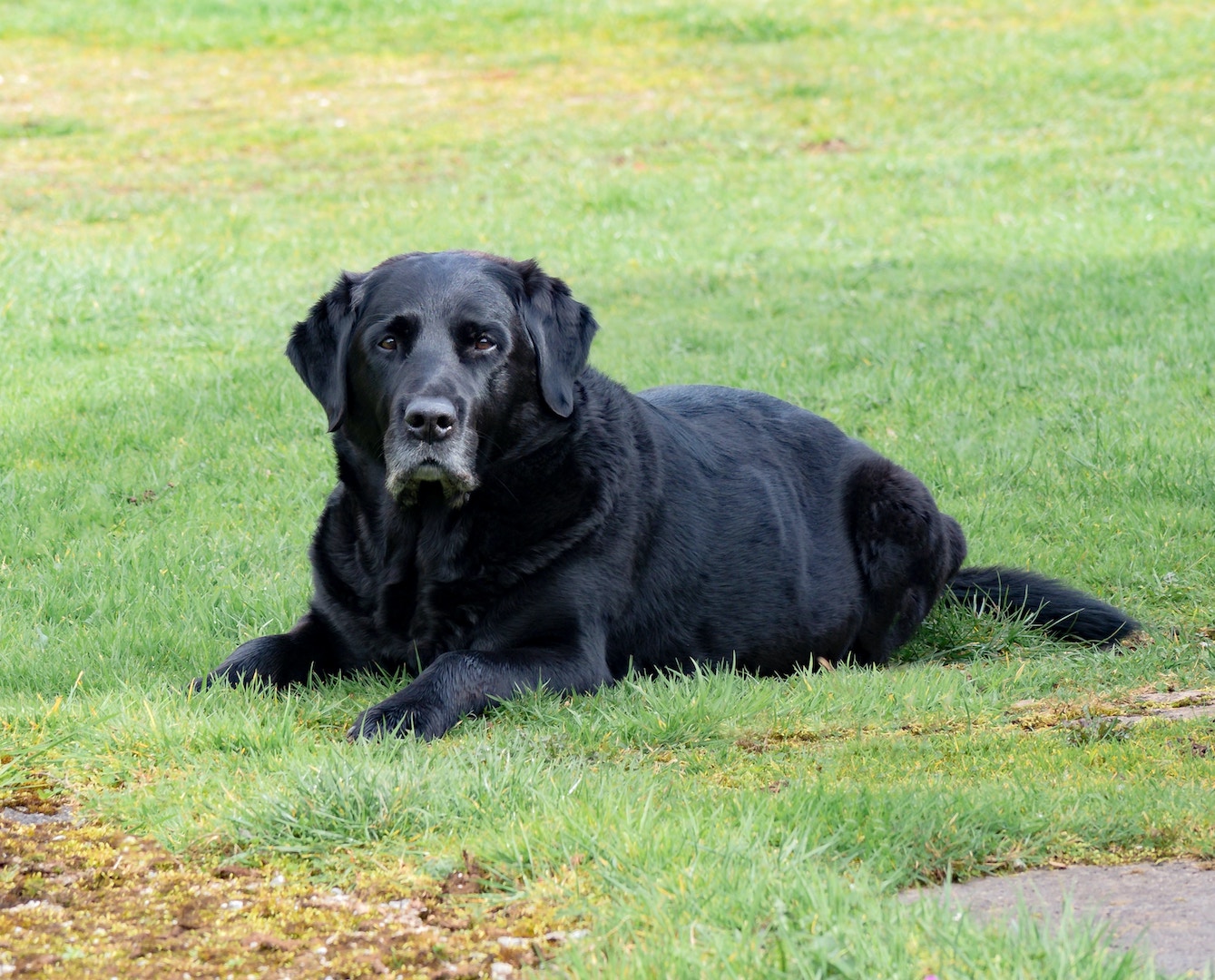If you were at the TEDxMileHigh Imagine in November, you’ll remember Nita Mosby Tyler talked about “unlikely allies.” It was a moving speech centered around a new way of thinking about allyship and social revolutions. What would happen if white people took the charge against racism? What if men led the revolution against sexism? What if people decided to fight for the rights of others in a substantial, and not just supplementary, way?
This doesn’t replace the need for all-black or all-women spaces or the need for allies to be mindful of the space they take up, but it reminds allies that they have work to do. The work should not all fall on the oppressed party.
“I’m not the perpetrator of racism. Why should I be the one to eradicate racism?” – Nita Mosby Tyler
Her adventure focused on the importance of words and truly understanding different concepts like diversity, inclusion, equality, and equity—terms most of us misuse or confuse. Read on for a summary of the night’s discussion where Nita encouraged attendees to pay attention to language and open their minds to new ways to solve old problems.
Ground Rules
On Wednesday, January 22, 2020, I entered Colorado’s oldest African American methodist episcopal traditional church. Nita Mosby Tyler stood in the doorway, greeting everyone as they entered the space. There were likely sixty people in attendance, all seated, some with pads of paper to scribble notes on. Others looked up intently at Nita as she began speaking.
She asked us to think about the beginning of this church, which began 151 years prior. When methodist episcopal slaves were denied access to white churches in Denver, they started their own. “This is a space full of grace,” Nita said. Then, she set some ground rules before the discussion began. She wanted to create a comfortable environment, so comfortable that if you needed to leave early, or go to the bathroom, or grab another slice of pizza, you could do so without doing an anxious dance across the room.
The Boat
A photo of four men in a sinking boat appeared on the screen set in front of us. Two of the men were on the side of the boat that had a hole in it, and they were frantically using buckets to remove a large amount of water flooding their side of the boat. The two others were sitting safely on the other side, dry, calm, and safe. One of those two men said to his friend, “I’m sure glad the hole isn’t in our end.”
Nita Mosby Tyler asked us to consider what this photo was trying to tell us. “Ignorance.” “Selfishness.” She summed it up perfectly, “We’re all in the same boat, but there’s a different lived experience based on where you are in the boat.” Nita then asked us to consider three questions:
- Where are you situated?
- Where are other people situated?
- What will you do about it?
This was the first of many inspiring calls to action of the night. What will you do about it? These thoughts swarmed around our heads as we transitioned into the first important term of the night: diversity fatigue.
Diversity Fatigue
According to Nita Mosby Tyler, “everybody in this room has had or will have diversity fatigue” at some point in their lives. It’s what happens when someone is fighting for justice but becomes tired. It occurs to people who feel that they are carrying the weight of the entire community, or to people who experience discrimination. It happens to people who want to help, but can’t quite figure out how.
Diversity fatigue can also come from the society-wide failure to truly understand important terms that help us tackle systemic problems in our country around race, gender, and class. We are struggling with “term confusion” specifically around the terms diversity, inclusion, equality, and equity.
Clarification of Terms
Most people, companies, and industries pledge to improve “diversity” or create “inclusion” or strive for “equality” and “equity” without actually putting in the work and understanding what these words truly mean. People often tack on the word that feels the easiest, without considering each word’s “unique quality.” Most importantly, it’s not math.
“Diversity plus inclusion does not equal equity. You can have one and none of the others. The work is never really done. If your goal is just to check off a box, you will not succeed.” – Nita Mosby Tyler
1. Diversity
When you think of diversity, what is the first thing you think of? For most people, the answer is race or ethnicity. It’s true for me, too. When I hear something like, “a diverse crowd,” my first thought is the crowd is not all-white. The crowd probably has people from different racial and ethnic backgrounds.
Nita explained the history that leads to this misconception and argued for the importance of getting the term right. In the 1980s, as the term “diversity” first entered public discourse, Americans defined it as anything “not white.” Though the definition has since changed to mean “honoring the richness and beauty of the differences of all of us,” we still think it is only a non-white term.
A diverse crowd should include people from different generations, with different economic backgrounds, different life experiences, different genders, different races, and different day jobs.
Diversity does not mean the absence of white people. It means the representation of the beautiful differences that all of us have.
Hopefully, diversity also means harnessing these unique qualities to help everyone achieve their potential. But, I’m getting ahead of myself. That’s called inclusion.
2. Inclusion
Inclusion is much more than a vague term that means including everyone in activities or opportunities, it means harnessing the unique qualities of the diverse crowd. As Nita defined it, “it is what we do with our diversity. Leveraging of the skills, abilities, talent, and diversity of all of us.”
You might have a diverse group: a good balance of wealth, gender, and race. Until you discover the unique qualities of everyone on your team, your group is not inclusive. You need to realize that Mike, the unemployed, older, white Vietnam War veteran, has impeccable leadership skills. Randall, an affluent, young businessman, can balance any checkbook. Valentina, a transgender Puerto Rican singer, can speak four languages. Mia, a middle-class Korean chef, has a fool-proof memory. Once you identify and acknowledge everyone’s superpowers, inclusion begins to take place.
3. Equality
That’s the goal, right? Well, according to Nita, it was the goal. All historical American social rights movements thus far have centered around equality: the equality of the sexes, the equality of the races, etc. But, what if equality is not enough?
According to Nita, “equality is all about sameness, level-setting, and providing access.” But once we have level-set, it’s about asking, “what do people actually need?” How can we change the systems we have to address the unique needs of every different person so that they can get what they need to thrive?
Notice the difference between equality, equity, and liberation in this graphic.
4. Equity
Equity is what happens when we question our equality. We might all get access to the same education system, but what about the person who learns in a different way? We may all receive a step stool, but what if someone needs a ladder?
As Nita describes, “It is about creating systems where everyone can thrive. People don’t get the same things; they get what they need.”
And liberation? “Liberation is achieved when you have identified the fence” and removed it. It’s the difference between removing the dagger from someone’s back and healing the wound, or merely applying additional bandages. Liberation should be the goal that you will likely never reach, but keep striving for nonetheless.
The Five Bases of Social Power
Especially when it comes to diversity, inclusion, equality, and equity, it is paramount to identify the different kinds of power that are leading at any given time. These are the Five Bases of Social Power, as designed by French and Raven.
Currently, two kinds of power dominate our social order: legitimate and coercive. Legitimate power is “power based on title, position, or rank,” though it does not indicate competency. For example, Trump has legitimate power due to his position as President of the United States, yet this does not mean he has the ability to rule well and complete his job effectively.
Coercive power is based on the ability to punish. A judge might fit into this category, with the unique ability to sentence people to life in prison or even death. There’s another power, “reward power” the ability to give or withhold rewards. This is similar to coercive power.
In order to achieve equity, Nita argues, our society needs to operate from a place of expert and referent power. Expert power is power “based on skills, abilities, and knowledge,” though it does not indicate having a position. Nita used the example of a cleaning woman who used to give her pointers in teaching at a past job. This woman was not a teacher herself, but had lifelong experiences that made her an expert and was an incredibly valuable person for Nita to know.
Referent power is based on “reciprocity or mutual respect.” Instead of instilling fear in others, we need leaders who are competent and trustworthy, respectable and decent. But even just on a smaller scale, we need to rewire our power grid: let knowledge and respect triumph rank and punishment.
What Now?
This is just an introduction into the fascinating ways we can overcome diversity fatigue, overcome our fears, and become the right kind of powerful. Nita and her advocacy for allies are not going anywhere, and we encourage you to keep tabs on her organization, the Equity Project.
In your own journey toward unlikely leadership, take a moment to ruminate on some of her words right now:
If you notice someone experiencing a microaggression, which is like “a thousand papercuts over and over again,” become an upstander (the opposite of a bystander). Say something. Stand up for the person who is being targeted, even if you are very different from them.
In her work, Nita Mosby Tyler often encounters the “20-60-20 rule”. Most of the time, 20 percent of people will love what you’re doing, 60 percent will be unsure, and 20 percent will not like it. Nita asks you to focus on the 20-60. What will you do to influence people in these categories? When you do things differently, people will disagree and ignore you. It can be lonely, risky, and scary work. Where else can you be anchored? Where can you find the strength to keep working towards your goal of liberation?
Make a commitment, right now, to act and not just think. Correct incorrect uses of these terms around you. Stand up for what is right. Knockdown the inequity fence. Remember, “this is not about checking boxes” and the work is never over.


















